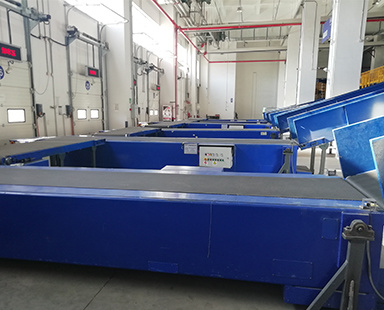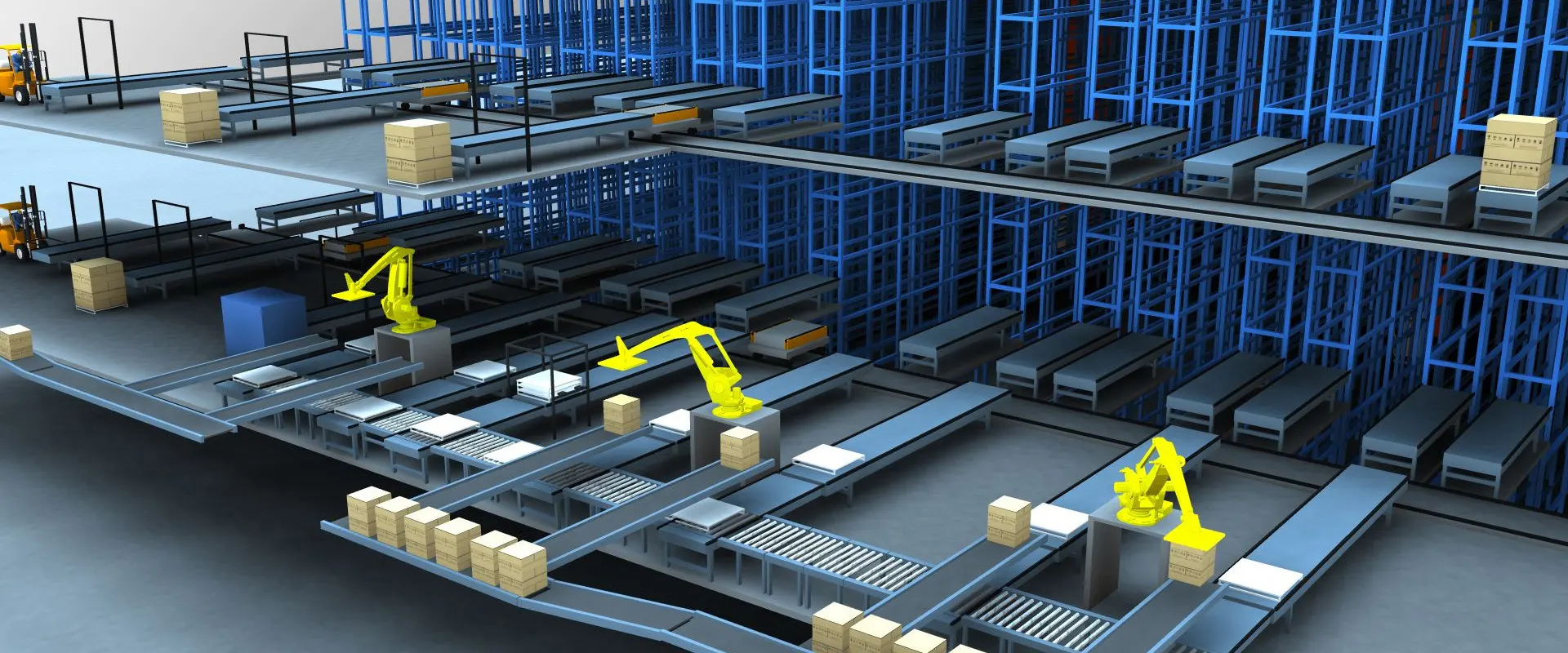The structure and correct use of the telescopic machine
Mar 25,2025

Telescopic belt conveyor structure
The head transmission equipment is composed of a drive drum, a reducer, a hydraulic coupling, a frame, a unloading drum and a cleaner.
Head transmission equipment: it is the full drive of the conveyor. The two motors pass the torque to the two driving rollers through the hydraulic coupling and the reducer respectively.
The unloading end and the head cleaner are equipped with a belt type backstop for easy unloading. The front part of the head is provided with an overstretched unloading arm, which is composed of a unloading roller and an extension frame. The roller is installed on the extension frame, and its axis orientation can be adjusted by bolts on both sides of the bearing to adjust the deviation of the conveyor belt in the head of the telescopic belt conveyor.

Correct use of telescopic belt conveyor
The first step: will need to load and unload the car, align the fixed (moving) telescopic belt conveyor, open the carriage;
The second step: start the telescopic belt conveyor, put the extension end into the interior of the car (pay attention to the parallel height of the carriage and the machine, if the two are not different, it is easy to meet together, you can lift the machine at a certain Angle);
Step 3: Open the belt start switch, according to the user loading and unloading requirements, adjust the belt running direction and running speed. (Pay attention to the weight of each package/box/bag of the transported product, try not to exceed the weight range of the equipment);
Step 4: Pay attention to the use of the machine, in accordance with the normal machine operation code for correct operation. Avoid inestimable personal injury caused by illegal operation. In case of sudden failure, please press the emergency brake button in time to reduce the risk.
Step 5: Finish the work, stop the belt running, pull the protrusive end of the machine back, turn off the power, pull out the socket, and move the machine back to the original position.












